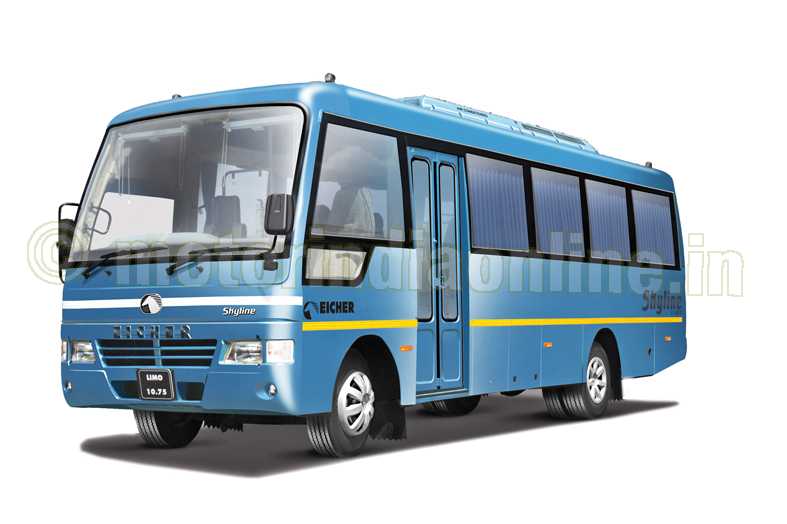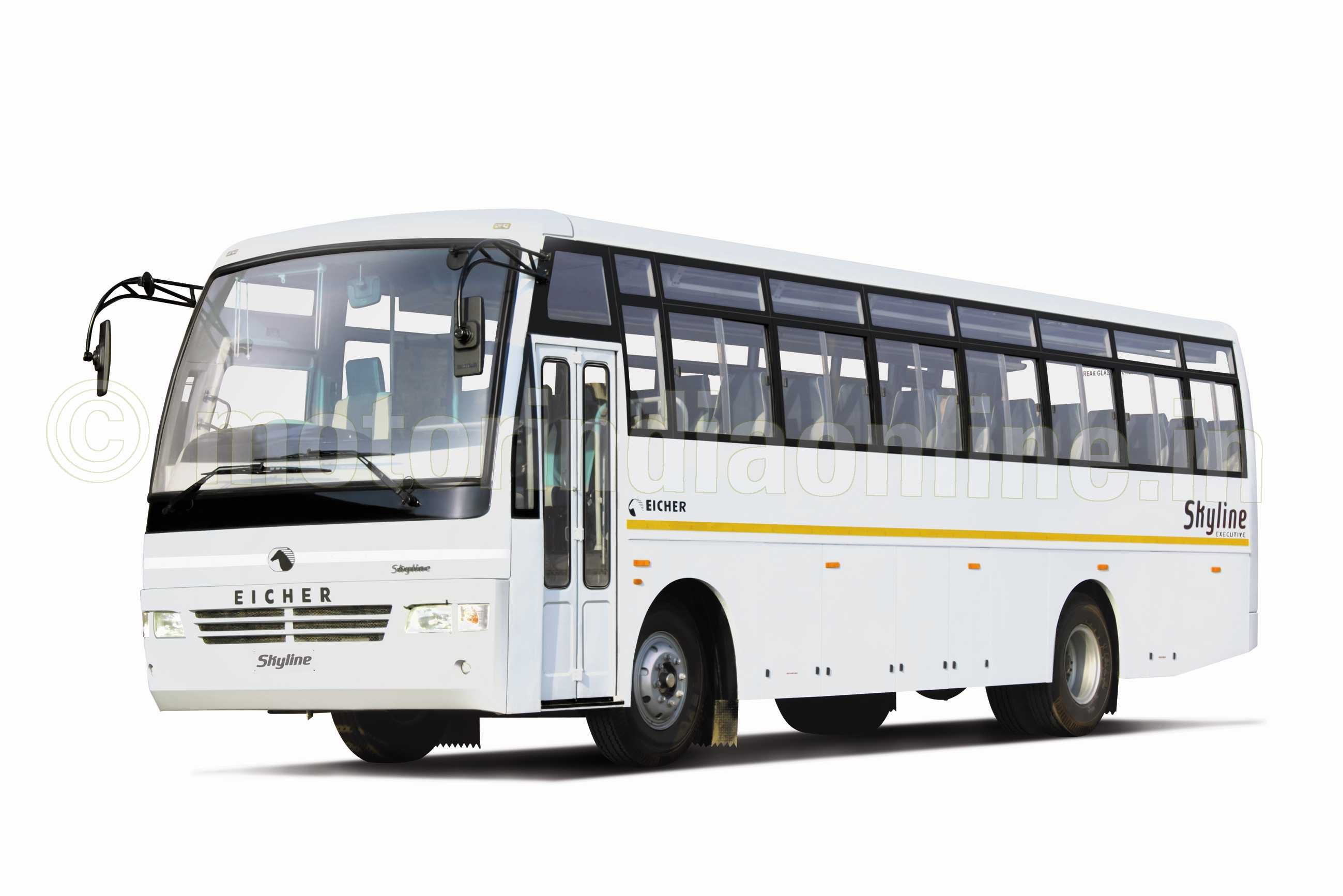VECV, the five-year old JV between Volvo and Eicher, has been a strong contender in the medium-duty truck segment and has also signalled its intentions of making deeper inroads into the heavy-duty truck segment. With steady growth on the truck side, the company has made tremendous progress in the bus segment as well, nearly trebling its market share in the last five years. We bring you details from the company’s perspective about its aggressive growth in the bus business and its plans to maintain the growth momentum.

How is VECV performing in the bus segment?
We have been performing well in the bus market. Our market share in the 5T-15T bus segment has gone up from 5.7 per cent in 2009 to 12 per cent in 2012 and further improved to 14 per cent in YTD August 2013.
What have been the main highlights during the last year and a half? Have you bagged any major orders from STUs or private fleet owners during this period?
VECV has been performing well in both government and retail segments. We achieved good breakthroughs in State transport undertakings (STUs) with orders of 1,100 and 600 bus chassis from GSRTC and APSRTC respectively. In the retail market, VECV has expanded its footprint across segments, wherein the route permit space has seen a major gain.
On the product side, have you launched any new models or refreshes last year?
VECV has launched a couple of new offerings in the market last year.
a. The 11.12 K, a 12-ton product, is an ideal one for the customers who are looking at a seating capacity of around 50 persons but with cost of ownership substantially lower than that of a heavy duty bus. The product is available both as a fully built up bus and also as a bus chassis.
b. The 20.15 Skyline: The heavy buses segment in India has largely been a chassis market. The concept of fully-built buses is not very popular in this space with the reasons having more to do with legacy than anything else. However, there has been a change in recent times with the newer generation of bus operators wanting to go for fully-built buses from OEMs both for quality and efficiency. The Skyline Bus on the Eicher 20.15 Platform with a seating capacity ranging from 56 to 65 is targeted at this set of buyers.
c. 10.50 C: Eicher has launched a product in the 12 & 16-seater category for the maxicab and the school & staff bus segments.
d. Limo AC bus: Eicher has launched an AC offering in the 19-seater push back tourist and 40-seater school and staff segments.

VECV has been a strong contender in the school and staff bus segments. How have these segments fared last year? What are the USPs of your products in these segments and what is your strategy to maintain your position in this space?
VECV has always been a strong school & staff bus player, and in the last year we have grown in both the segments. Our USP is in the economy of operations clubbed with the aesthetics & comfort. We offer products in Skyline and Starline sub brands that meet the need of each and every category of customers in these segments. We intend to carry forward the same leading edge in the economy of operations to our future products and also enhance the aesthetics and comfort quotient. We have also emerged as a strong contender in the route permit category and intend to cement our position in this segment too.
The Indian customer is increasingly expecting superior products in terms of comfort and safety. How has VECV kept up with the growing demand for quality products?
Safety has been the integral part of the product development at VECV. We have the range of buses – “Skyline” which are the first in the Indian industry to comply with the “Roll-Over Test”. Apart from this, Eicher is also credited with the design of India’s first safe school bus introduced in collaboration with IIT Delhi and IRDE.
Post the JV, Eicher took the lead in straddling the entire spectrum of the Bus Buyers when it rolled out its Twin Bus Sub-Brands, viz., the Skyline and the Starline. The Eicher Skyline was also presented the “LCV Bus of the Year” Award in 2010, the first year of its inception.
How are technologies such as air-conditioning, air suspension, CAN systems, etc., being received in the market? Are these likely to become standard fitments in your buses? How have customers reacted to the features keeping in mind the additional cost involved?
With increasing focus on the comfort and safety of passengers, the operators today have become more and more active in accepting the new technology. These features will play a major role on the evolution and development of the market in India. Our future range will be a state-of-art offering with all the latest features to be available in the market.
How have your fully-built buses performed in the market? How is the customer response to fully-built ones as compared to body-on-chassis versions? Do you see the fully-built vehicle concept catching up as in developed markets?
VECV has always promoted the fully built buses in the market – majorly due to the safety aspect of the buses built with proper design. We have done reasonably well in this space with our 75 per cent volumes being contributed by the fully-built versions. We have also commissioned our own bus body plant and are highly optimistic about the share of fully-built offerings going up in the coming years.
There has been a lot of talk about JnNURM II. What are the recent developments on this front, and how are you gearing up to make the best use of the opportunity?
JnNURM has contributed vastly to the modernization of the urban bus market, and we expect the phase II to contribute to the markets which were not covered in phase I. While the Government proposal is almost on the point of being finalized, the specifications of the buses under the scheme have already been cleared. We would surely enter this space with buses complying with the Urban Bus Specifications.
The bus body code has been a long-debated issue. What is its current status and what do you think its implementation would do to the country’s bus industry?
The bus body code as of now is scheduled to be implemented by October 2014. Implementation of the code will not only address the safety aspects of buses but also contribute to the share of fully built buses going up. The industry is expected to consolidate itself, contributing in turn to the superiority in design and performance.